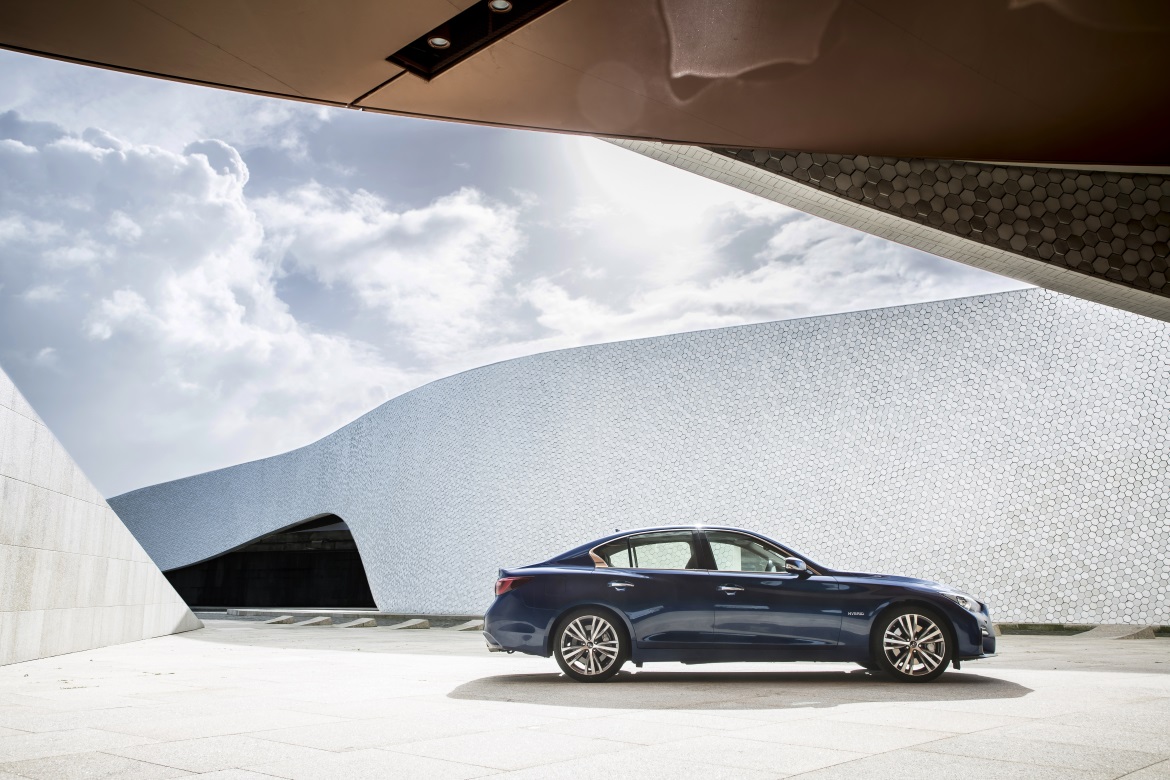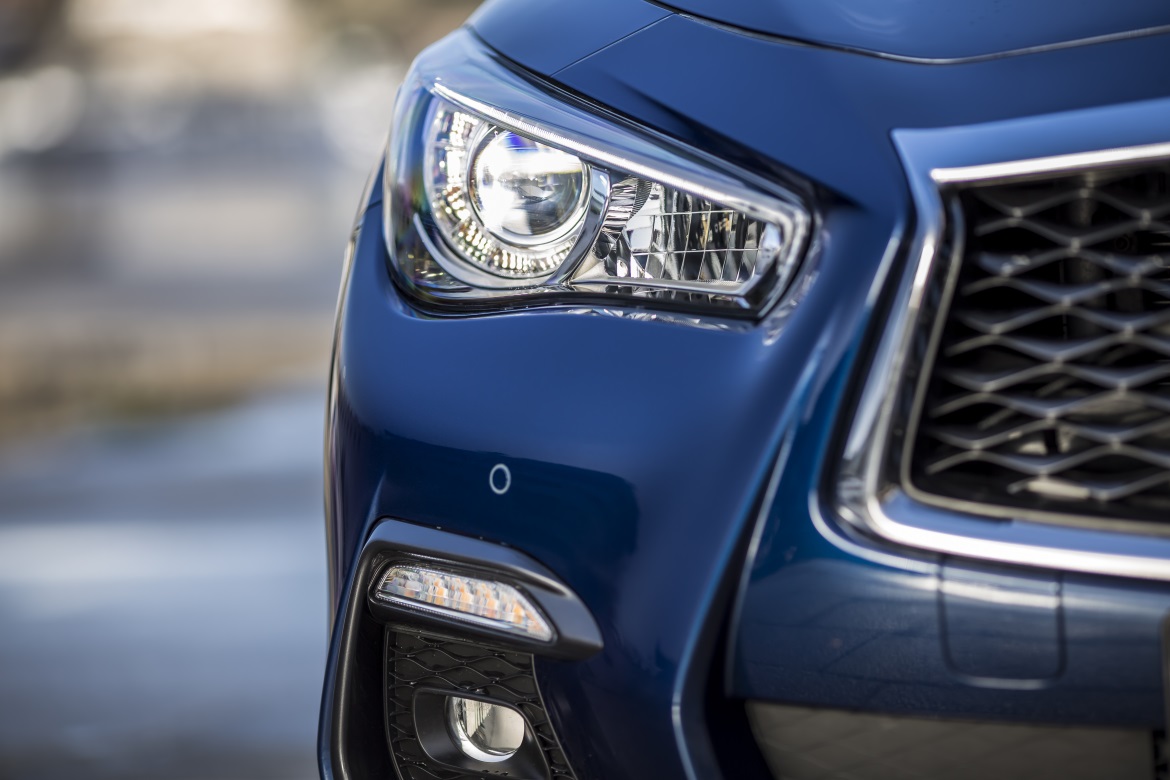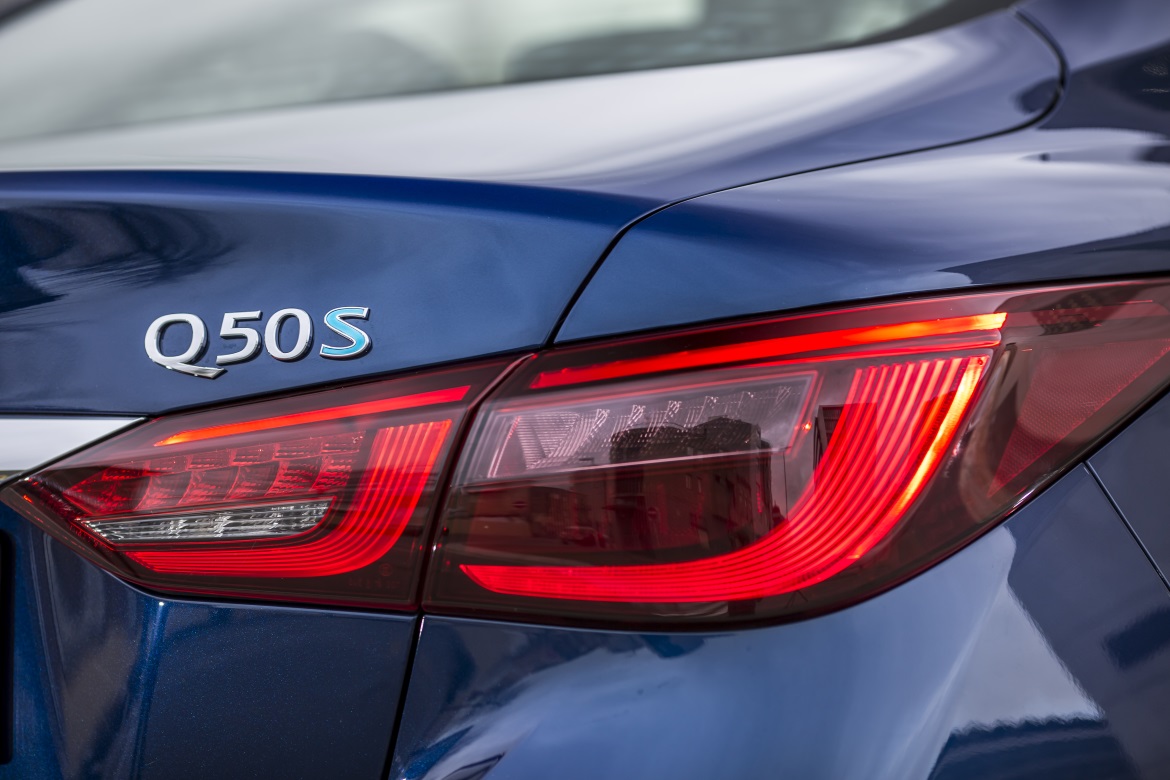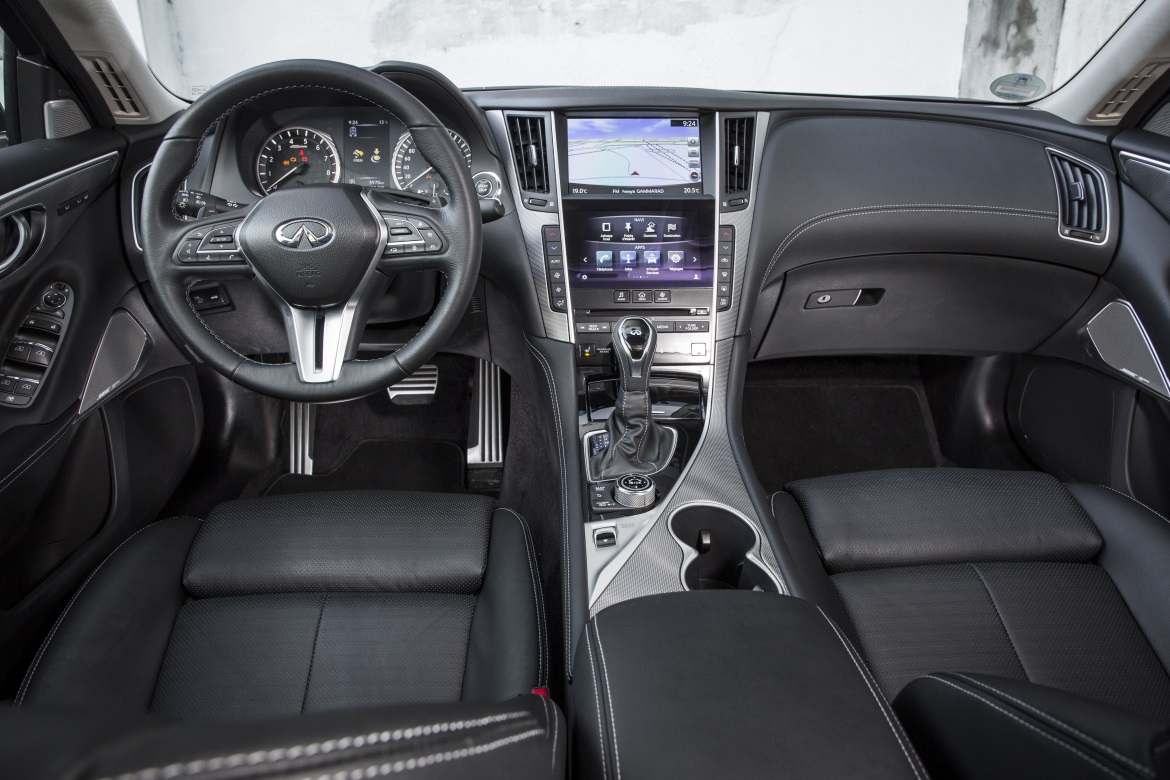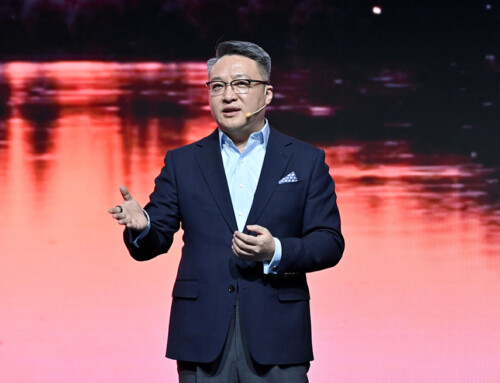Style and driving pleasure. These are the two cornerstones of the Infiniti, expressed through sporty lines, quality materials and driving comfort. A focus on design that has characterised the Japanese brand since its debut in 1985. One of the two founders of the brand was the Japanesse Takashi Oka, a designer by profession. Infiniti now has a product range that includes crossovers, Suvs and saloons, and pursues the brand’s tradition by setting stylistic research up on the podium of its values. A philosophy that seems to meet customers’ tastes, with 92% of buyers choosing an Infiniti for its exterior appearance.
We tried out the Q50 Hybrid MY18 on the roads of Portugal. This is an updated version enriched with some new details that freshen up its look. The signature features of the exterior design have remained unchanged. The double arch grille, the tapered profile of the headlights giving them an aggressive, almost feline look, and the “Crescent-cut C-pillar”, inspired by the crescent moon, veritable styling signature of today’s Infiniti’s, introduced by the Q50 in 2013. Three elements that we find in all models of the brand’s current range, from the Q30 to the latest born, the Suv QX50.
The constant focus on styling also marked the choice of test drive stages. The curves were accompanied by the sound of the 3.5 V6 365 horsepower petrol engine that in the city remains silent for most of the time thanks to the batteries. We are able to appreciate the car’s good driving dynamics, despite its weight of almost 1900 kg, right up to our arrival at the Porto Cruise Terminal.
Designed by architect Louis Pedro Silva and inaugurated in 2011, the building has soft lines and is intended to represent the synthesis of the flow of movement similar to those originating from the tentacles of an octopus. The construction is entirely covered by more than one million small ceramic tiles, all handmade by the craftsmen of the company “Vista Alegre”, set up in a locality near Porto fully 195 years ago. The human eye is deceived by the sunlight, which seems to change the building’s shape depending on the time of day.
Back in the car, we head towards the city centre. The interiors have retained the previous version’s layout. At the centre of the dashboard are two screens placed one below the other, the first dedicated mainly to the navigation system, the second to the management of settings, including security systems. The steer by wire steering is direct and fast and made its debut, pioneering the system in the world of production cars, with the first version of the Q50. The outfit has been updated, and the Sport Tech is now equipped with an aesthetic kit that gives the car greater character, including a black front splitter, contrasting rear diffuser, sporty front seats and aluminium pedals.


